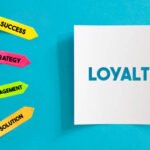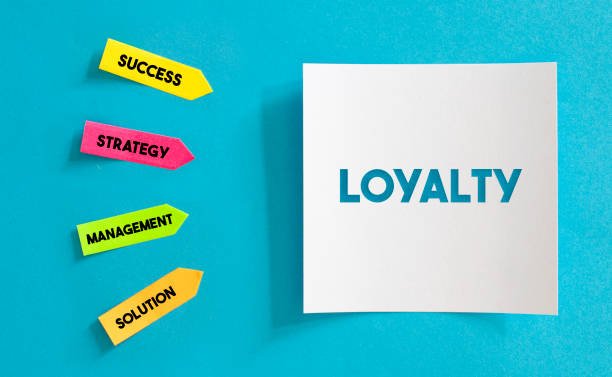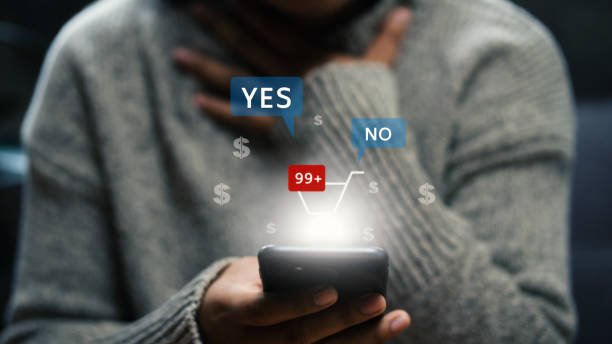In the digital marketplace, your tone of voice isn’t just about sounding professional or friendly — it’s about building trust , guiding buying decisions , and ultimately driving conversions .
From product descriptions to customer service chats, the way you speak online has a measurable impact on whether people hit “Add to Cart” or keep scrolling.
In this article, we’ll explore:
- Why tone matters more than ever in eCommerce
- How different tones affect buyer psychology
- Real-world examples of brands that use voice strategically
- Practical tips for crafting a brand tone that converts
Let’s dive into how Tone of Voice impacts Online Sales .
Why Tone of Voice Matters in Digital Commerce
With no face-to-face interaction, buyers rely heavily on language cues to decide if they can trust your brand.
Your tone communicates:
- Brand personality (fun, formal, bold, trustworthy)
- Emotional intelligence (do you understand your audience?)
- Professionalism (are you reliable?)
- Relevance (do I feel spoken to directly?)
Psychological Insight: The Emotional Filter
According to research from Journal of Consumer Research , people make emotional judgments within seconds of reading brand copy . That feeling of trust or disconnection often determines whether they convert — or bounce.
This means every word — from your homepage headline to your checkout message — plays a role in customer decision-making .
4 Key Tones That Convert — And When to Use Them
There’s no one-size-fits-all tone — but here are four that consistently drive engagement and sales.
1. Friendly & Approachable
Best for:
- Customer service
- Email marketing
- Social media interactions
Why It Works:
People buy from those they like. A warm, conversational tone builds rapport and makes customers feel comfortable.
Example:
“Hi there! Just wanted to say thanks for checking us out — let me know if you have any questions.”
“Please direct all inquiries to support@yourstore.com .”
Pro Tip: Use contractions (“we’re” instead of “we are”), emojis (sparingly), and inclusive language (“you,” “us,” “together”).
2. Confident & Clear
Best for:
- Product pages
- Landing pages
- Paid ads
Why It Works:
Clarity reduces friction. When buyers understand what they’re getting — and why it matters — they’re more likely to click “Buy Now.”
Example:
“This jacket doesn’t just look good — it’s built to last through seasons.”
“Our premium jacket is really nice. You might like it.”
Pro Tip: Avoid vague adjectives like “nice,” “great,” or “amazing.” Be specific.
3. Educational & Expert
Best for:
- High-ticket items
- Tech products
- Health and wellness
- SaaS platforms
Why It Works:
When products require understanding, an informative tone builds credibility and guides the customer toward purchase.
Example:
“This blender uses commercial-grade blades for smoother textures — perfect for smoothie lovers.”
“Blender with powerful motor.”
Pro Tip: Anticipate questions and answer them before the user asks.
4. Empathetic & Human
Best for:
- Crisis situations (returns, errors, delays)
- Subscription services
- Personalized offerings
Why It Works:
Empathy shows you care — not just about profit, but about people.
Example:
“We noticed your order was delayed — we’re working hard to get it to you soon.”
“Order delayed. We’ll update you when available.”
Pro Tip: Use active listening language: “We hear you,” “We understand,” “You’re not alone.”
How Different Tones Influence Buyer Psychology
Here’s a breakdown of how each tone affects perception and purchasing behavior.
| Tone | What It Communicates | Conversion Impact |
|---|---|---|
| Friendly | Welcoming, trustworthy | Builds comfort and familiarity |
| Confident | Clear, authoritative | Reduces hesitation |
| Educational | Knowledgeable, helpful | Increases perceived value |
| Empathetic | Caring, responsible | Boosts loyalty and retention |
The most successful brands blend these tones based on context and audience .
For example:
- Glossier uses a friendly + confident tone
- Apple leans into confident + educational
- Warby Parker mixes friendly + empathetic
- Amazon balances clear + confident across thousands of listings
Each choice shapes how users feel — and how quickly they click “Buy.”
Real-World Examples: Tone That Drives Results
Let’s look at how top brands use voice intentionally to boost conversions.
Amazon – Clarity Over Creativity
“Wireless Bluetooth Earbuds — noise-canceling, lightweight, fast shipping.”
Amazon doesn’t need flair — it needs clarity. Their tone is:
- Direct
- Benefit-focused
- Free of fluff
This approach works for high-volume shoppers who want speed and certainty.
Glossier – Friendly, Relatable, and Conversational
“Hey friend — thought you’d love this new highlighter drop.”
Glossier speaks like a real person, not a robot. Their tone feels personal, which encourages community-driven purchases.
Apple – Confident and Minimalist
“iPhone 16. Super Retina XDR display. A17 Bionic chip. Even the camera is smart.”
Apple uses short, punchy sentences that exude confidence without overpromising.
Their tone says:
“You don’t need more words — you need better tech.”
Nike – Bold, Motivational, and Emotionally Charged
“Don’t just run. Rise above. Go further.”
Nike’s tone isn’t just selling shoes — it’s selling purpose. This kind of emotionally charged messaging drives action.
Starbucks – Warm, Inviting, and Familiar
“Welcome back — ready for your usual?”
Starbucks speaks like a barista who knows your name. It builds habit-forming engagement — and repeat orders.
How to Find Your Brand’s Sales-Driving Voice
Want to refine your tone for higher conversion? Start with these steps.
1. Know Your Audience First
Ask yourself:
- Who am I speaking to?
- What do they value?
- How do they talk to each other?
A teen clothing brand will sound different from a legal software company.
2. Define Your Brand Personality
Is your brand:
- Fun and playful
- Serious and sophisticated
- Smart and insightful
- Supportive and nurturing
Choose 2–3 core traits and build your tone around them.
3. Audit Your Current Copy
Look at your:
- Homepage
- Product descriptions
- Email subject lines
- Chatbot scripts
Ask:
Does this sound like someone I’d want to buy from?
If not, rewrite with clarity , emotion , and intentionality
4. Test Different Tones
Use A/B testing tools to compare messages:
- One version: casual and friendly
- Another: professional and data-driven
Track metrics like:
- Click-through rate
- Time on page
- Cart additions
- Abandonment rate
This helps identify what resonates best with your audience.
5. Train Your Team to Speak Consistently
Whether it’s your live chat agent or your email automation system, everyone should follow your tone guidelines.
Create a brand voice guide that includes:
- Word choice
- Sentence structure
- Phrases to avoid
- Examples of good vs. bad tone
This ensures consistency across channels.
Frequently Asked Questions (FAQ)
Q: Does tone of voice really affect sales?
A: Yes — studies show that tone influences trust, brand recall, and purchase intent.
Q: What tone works best for high-end products?
A: Confident and clear. Buyers expect professionalism and precision.
Q: Should my brand be funny or serious?
A: Match your audience. If they prefer humor, use wit — but never at the cost of clarity.
Q: How does tone affect SEO and content performance?
A: Google rewards content that engages readers. A strong tone improves dwell time, reduces bounce rates, and boosts shares.
Q: Can I change my brand tone later?
A: Absolutely — as your audience evolves, so should your voice.
Final Thoughts
Your tone of voice isn’t just a stylistic choice — it’s a conversion driver .
Because in the world of online retail, what you say — and how you say it — shapes whether people choose to buy from you .
So whether you’re writing a product description, replying to a customer, or crafting an automated cart reminder — remember:
Words don’t just inform — they invite, persuade, and inspire.
And in the digital age, inspiration sells.










